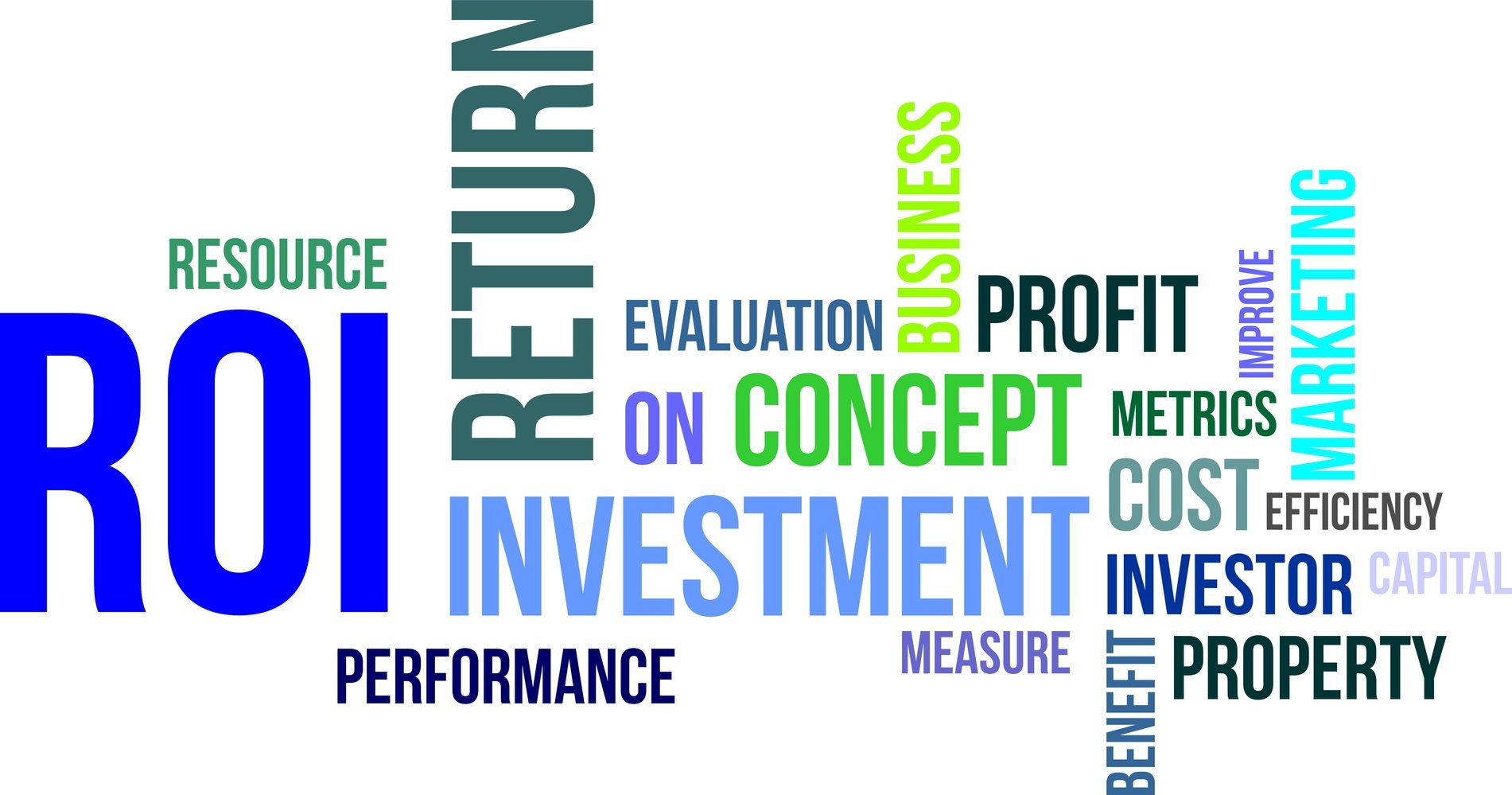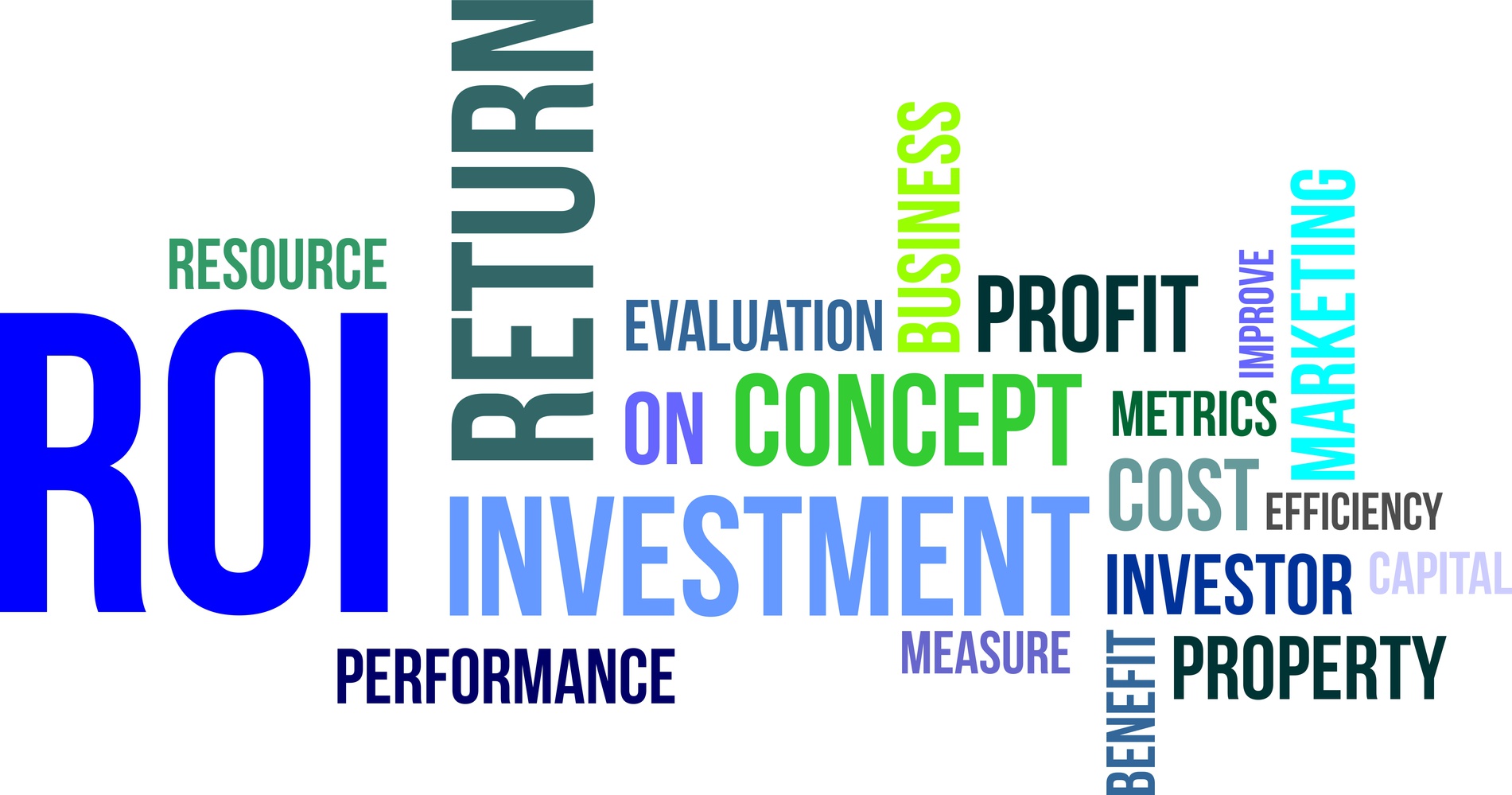How to Use Social Media Metrics To Reach Your Digital Echo Goals

Social media marketing is continually growing in its impact on, and the time dedicated to utilizing it for, overall marketing goals and ROI.
Are you among the 78 percent of companies who have dedicated social media teams? (Source: iScoop) (Click to Tweet) If so, how are you determining the successfulness of your team in meeting your company’s marketing and sales goals? ARE you measuring your social media impact? If not, now is the time to start.
By closely monitoring your social media metrics, you can use them to determine where your time and budget will be best spent to provide the ROI you expect from your marketing.
How can you use the metrics you have available to prove and improve the ROI of each of your marketing channels? Download the how-to guide that will help you Unlock Your Marketing ROI with Analytics.
Social Media Engagement
Definition: The number of interactions generated in social media channels
Those interactions are a sign of your overall social media reach. How many Facebook and Twitter followers do you have? How many likes and retweets do your posts and tweets generate? How often do others repin your content or follow your pinboards? How many people comment on or share your LinkedIn posts? How many views do your YouTube videos and SlideShares receive?
(Wondering how many is enough? Find benchmarks for effective use of social media in our report: Marketing Benchmarks from 7,000+ Businesses.)
As you consider these metrics, don’t look strictly at a single-moment snapshot. Analyze how they change over time and consider which are growing and which seem stagnant. This can help you determine which social media platforms need more time and focus, if you feel they have a potential for expansion, and which may not be worth pursuing based on your target market or a lack of engagement.
Social Media Traffic
Definition: The percentage of unique visitors to your website that comes from social media.
Social media is just one component in your online inbound marketing arsenal, and social media engagement alone does not necessarily indicate that your efforts are effective in reaching the goals of marketing: attracting leads that become customers.
Keep track of how many visitors come to your website through each social media channel, and compare that to your total number of visitors. What portion of your web traffic comes from social media, compared to search-generated traffic, email marketing clicks, or other channels? Also, examine how the amount of traffic generated by each social media channel relates to the number of followers you have on those channels.
Social Media Lead Generation
Definition: The number and proportion of leads that come to your site from social media sources.
Overall traffic (or the number of unique website visitors) shows how well your marketing efforts bring people to your site, but doesn’t consider whether those visitors then convert into leads through some offer. Since leads (and eventually, customers) are necessary to reach your company’s revenue goals, it is important to track how each of your marketing channels fares in generating leads.
Compare the lead generation rate of each of your social media channels against each other and against other marketing channels, such as SEO or PPC. Combined with your budget, this provides a basis for determining bottom-line metrics such as cost per lead.
Social Media Lead-to-Customer Conversion Rate
Definition: The percentage of leads from social media that convert into customers.
Traffic is good, leads are great, but customers are even better. When you utilize a closed loop marketing system, you can trace customers back through all of their interactions with your website to determine where they originated, including social media platforms.
Compare the conversion rates of each of your social media platforms to determine which seems to be sending the most promising leads, and then determine how they stack up against your other marketing tactics in generating leads that become customers.
Use Your Social Media Metrics to Reach Digital Echo Goals
Now you have the numbers, but what do they mean? And how do you use them to improve your social media marketing and achieve the digital echo goals you have set for reaching prospects and creating customers with social media?
The answers may vary based on your specific industry and situation, but let’s look at a few examples.
Scenario 1:
What’s happening: Pinterest followers and engagement are growing month to month, but your Facebook page seems to be stagnating.
What it could mean: Your target market is drawn to strong visual content; perhaps your Facebook posts would benefit from more deliberate use of content such as photos, illustrations and infographics to drive additional interaction.
Scenario 2:
What’s happening: While you have twice as many Twitter followers as Facebook followers, the amount of web traffic coming to your blog and landing pages from Twitter is less than that generated by Facebook.
What it could mean: Compare how you are using posts on each of the platforms. Are your Facebook posts more likely to include a direct call-to-action inviting followers to read your blog or access an offer? Do your tweets invite interaction, or are they more static? Change up the approach you are taking on Twitter and compare results again next month to determine whether it helped drive more traffic.
Scenario 3:
What’s happening: The amount of web traffic generated by LinkedIn and Facebook is relatively equal, but twice as many LinkedIn visitors convert to leads on your content landing pages.
What it could mean: Because LinkedIn is more heavily weighted to business interests, it could mean that those visitors are already considering the kinds of solutions your company offers, and are more ready to convert to leads. Facebook visitors may have a more casual interest. Review your offers to ensure you have informational, educational, or even entertaining options that will appeal to visitors who aren’t yet seeking a specific solution. (Find ideas for content that appeals to various stages of the sales funnel here.)
Scenario 4:
What’s happening: All of your social media platforms are generating a high number of leads, but the conversion rate of social media leads into customers lags behind the rate of leads from other channels.
What it could mean: Dissecting this disconnect should include closely examining how your social media offers line up with the rest of your lead nurturing campaigns. Just as calls-to-action need to accurately reflect the offer being promoted and align with the landing page, your social media posts and promotions should be aligned with the rest of the offers in your lead nurturing workflow that will move leads toward becoming customers. If your social media presence doesn’t seem to match the rest of your marketing and your products and services, leads who came through social media will lose interest because the materials aren’t relevant to their original needs and impressions. Examine your brand representation and your nurturing campaigns to ensure all leads continue to receive relevant, related offers as they move through the sales funnel.
Obviously, there are dozens more specific metrics you could track and examine within each of your social media platforms to determine what specific factors influence the performance of individual posts, but start with these broader metrics to guide budgeting and management decisions first.
Using a complete closed loop marketing system, such as HubSpot, can provide you with incredible insight into all of your marketing channels. That insight is essential to determining what your return on investment is for your marketing efforts and to refining those efforts to continuously improve your marketing ROI. Start using your analytics to improve landing pages, SEO, business blogging and more with the guidelines in our free ebook: Unlock Your Marketing ROI With Analytics.
-1.png?width=1652&height=294&name=Jones(RGB)-1.png)









.jpg?width=352&name=Blog%20Metrics%20To%20Measure%20%26%20Use%20(Part%202-%20Lead%20Conversion).jpg)


